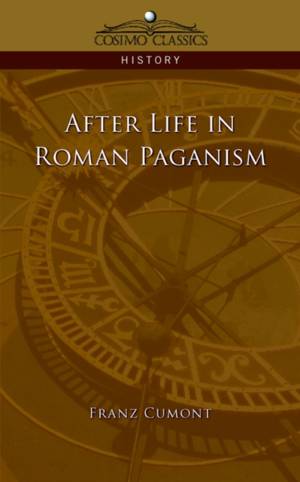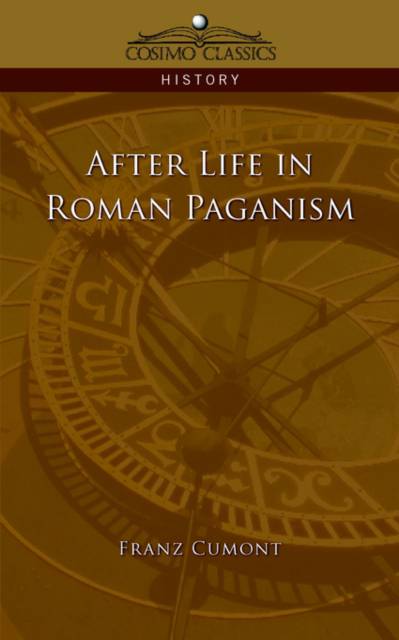
- Afhalen na 1 uur in een winkel met voorraad
- Gratis thuislevering in België vanaf € 30
- Ruim aanbod met 7 miljoen producten
- Afhalen na 1 uur in een winkel met voorraad
- Gratis thuislevering in België vanaf € 30
- Ruim aanbod met 7 miljoen producten
Zoeken
Omschrijving
According to a rite borrowed by the Romans from the Etruscans, a pit was dug in the centre of the city, when the latter's foundations were laid, in order to make the Inferi communicate with the upper world. First fruits and other gifts were thrown into the pit, as well as a clod of the earth of the settlers' native country. Thus they restored their broken contact with the Manes of their ancestors. -from "The Nether World" Franz Cumont was one of the preeminent classical scholars of his day, and his investigations into the history of religion had a dramatic impact upon the fields of archaeology, comparative mythology, and anthropology. This 1922 volume collects the influential series of lectures he delivered at Yale University highlighting one aspect of his groundbreaking studies of Roman paganism: the Romans' view of the afterlife. Cumont discusses the Romans' attitudes about the importance of the tomb, the distinctions they made between a "shade" and a "soul," the rules of admittance to Hades and the Elysian Fields, the supernatural journeys of the dead, the ancient roots of the Romans' beliefs and practices, and much more. With solid research behind him, Cumont's reassuring erudition righted inaccuracies about Roman religion that had lingered, particularly in the writings of Christian apologists, and this continues to be a fundamental work of Roman paganism today. Belgian archaeologist and historian FRANZ-VALERY-MARIE CUMONT (1869-1947) wrote numerous books, among them Texts and Illustrated Monuments Relating to the Mysteries of Mithra (1900), considered his masterwork.
Specificaties
Betrokkenen
- Auteur(s):
- Uitgeverij:
Inhoud
- Aantal bladzijden:
- 244
- Taal:
- Engels
Eigenschappen
- Productcode (EAN):
- 9781596051720
- Verschijningsdatum:
- 1/12/2005
- Uitvoering:
- Paperback
- Formaat:
- Trade paperback (VS)
- Afmetingen:
- 127 mm x 203 mm
- Gewicht:
- 267 g

Alleen bij Standaard Boekhandel
+ 54 punten op je klantenkaart van Standaard Boekhandel
Beoordelingen
We publiceren alleen reviews die voldoen aan de voorwaarden voor reviews. Bekijk onze voorwaarden voor reviews.








